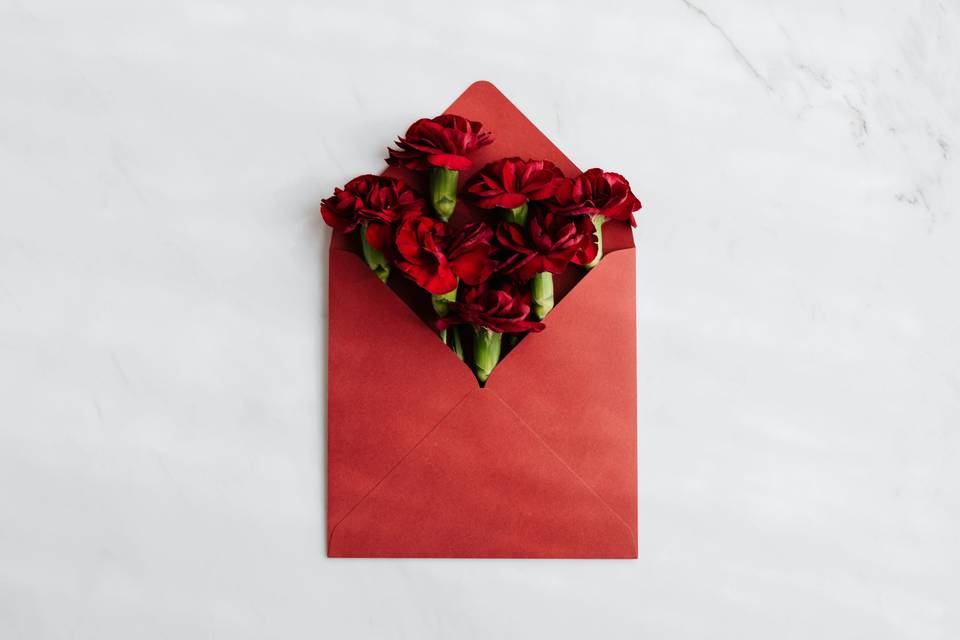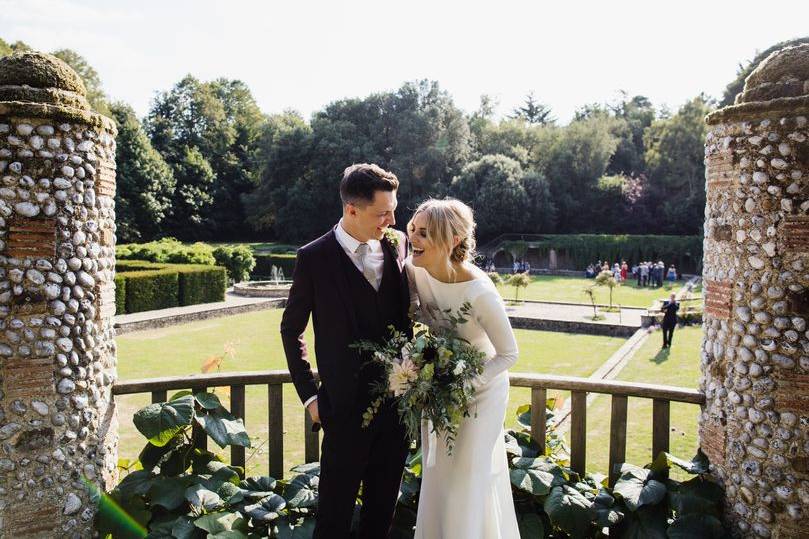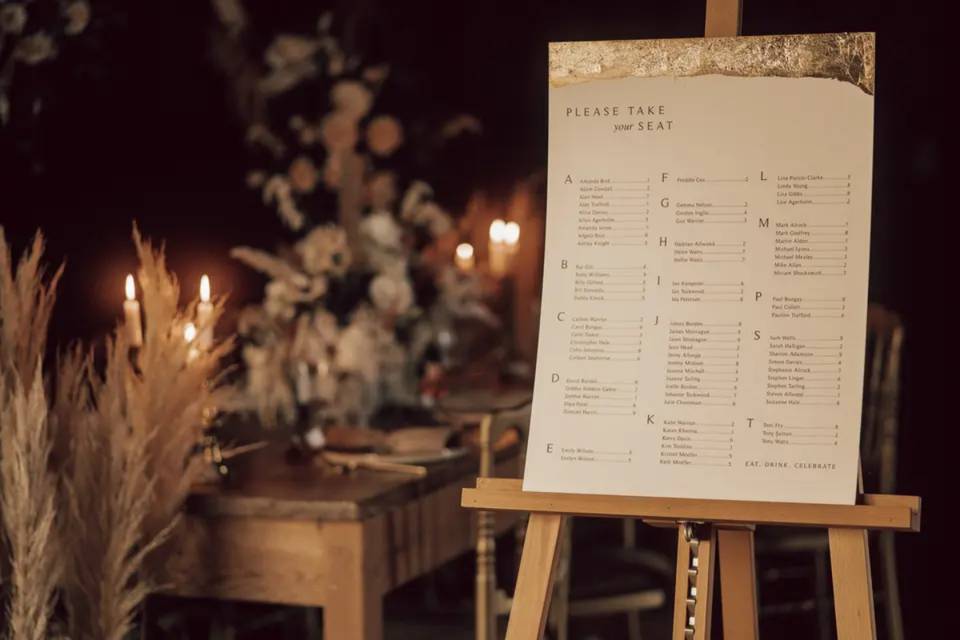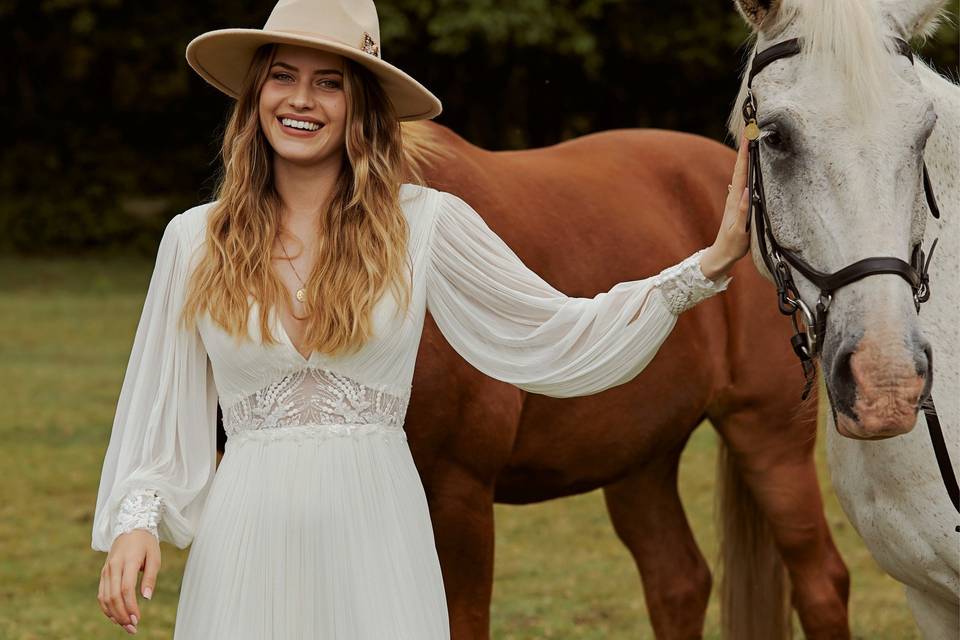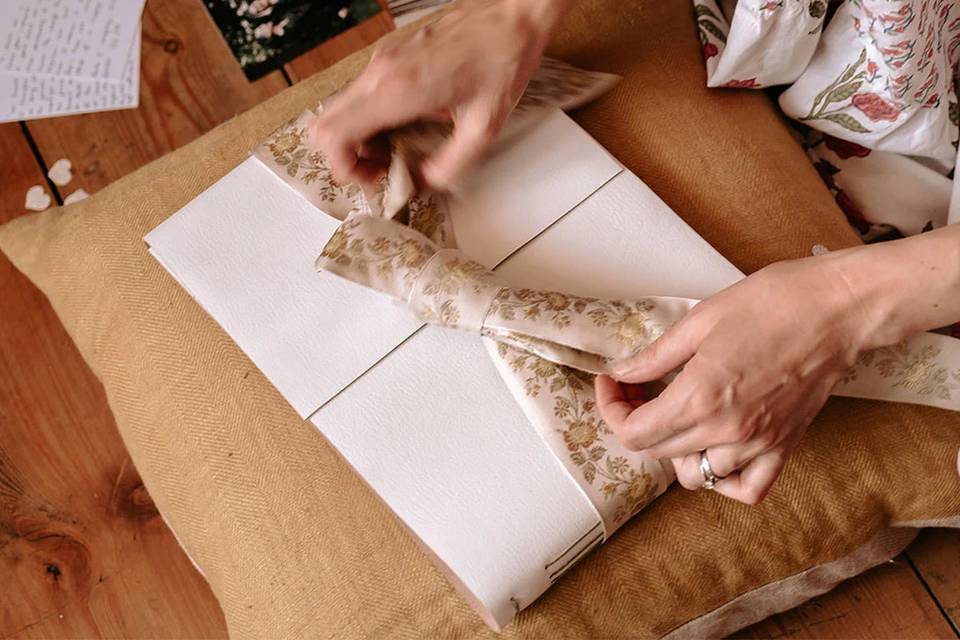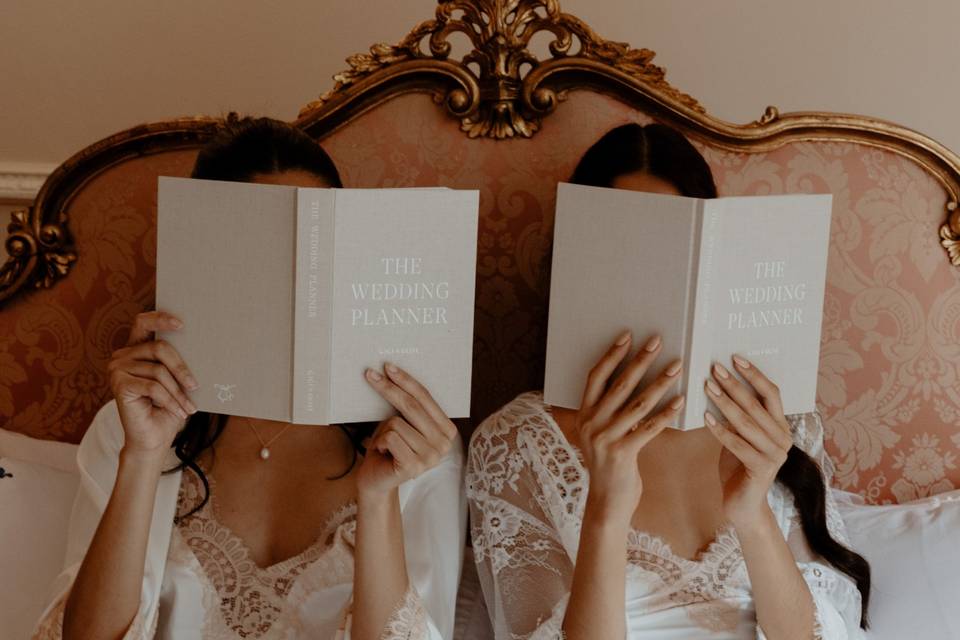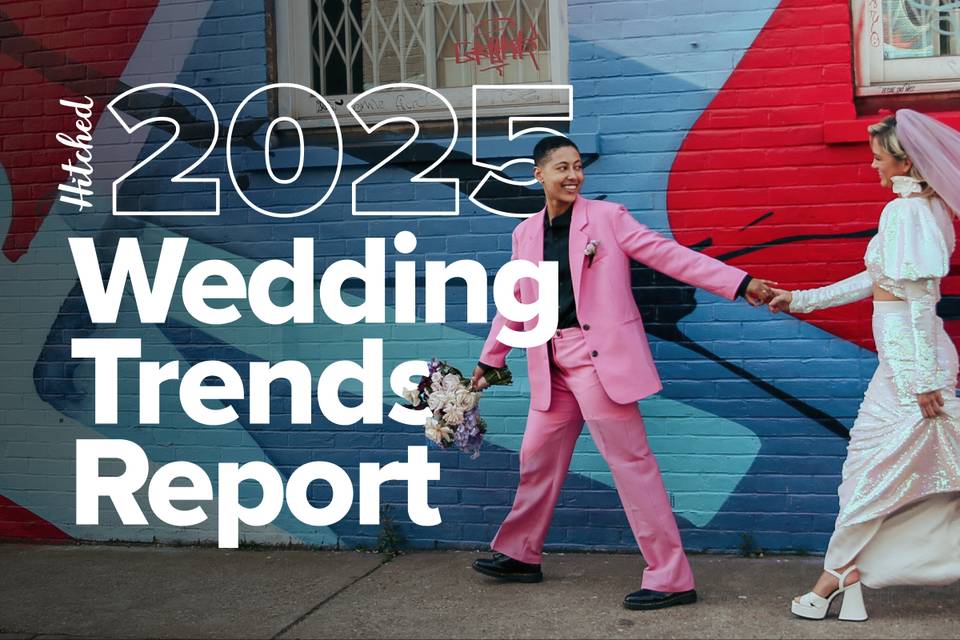Top Tips for Having an Authentic Vintage Style Wedding
Planning a vintage wedding? Make sure your décor is perfect by following these tips from Jenny Sinclair, founder of Bellaboo and Beau
We have included third party products to help you navigate and enjoy life’s biggest moments. Purchases made through links on this page may earn us a commission.


There are many wedding themes to choose from these days, but vintage has been the most popular over the last decade. There is a big difference, however, between vintage-inspired décor, props and fashion, and the real thing.
If you want a wedding with a true vintage twist, we asked Jenny Sinclair, creative director and founder of quirky styling and design company Bellaboo and Beau to give us the lowdown on achieving authenticity.
Really Retro
From vintage-patterned cups and saucers to a 1950s tea dress, retro-inspired pieces can add colour and class to your wedding day. And with the vintage trend getting bigger every year, some couples are determined to have “true vintage” nuptials, finding select pieces from the past and styling them beautifully and individually on their wedding day. “Vintage allows the bride to take inspiration from a range of pre-loved eras and styles,” says Jenny Sinclair.
And where does this love of vintage dresses, props and styling come from? “From the fashion world primarily,” Jenny says, “with trends going back to previous decades as they always tend to do. The wedding world is following suit.”
For a genuinely vintage day, couples need to know the difference between “vintage-inspired” and true vintage. “‘Vintage-inspired’ is a term used for a reproduced version of something,” Jenny explains. “The real thing truly comes from the era when it was made; an antique. An old, preserved wedding dress or some original vintage crockery dating back to the 50s for example. And this can be any era preceding the one we’re in, so the 90s, and even the noughties, could now be referred to as vintage.”
When it comes to authenticating vintage pieces, Jenny says much depends on where you buy it: “Vintage and antique shops should have this knowledge and even, in some cases, a certificate or stamp of authenticity. Crockery is quite simple to identify yourself as most well-known makers have stamps on the bottom. Charity shops and boot sales are a case of ‘it is what it is, take it or leave it’. My personal opinion is (unless you’re paying through the nose for it) if you like it, get it.”
When Jenny is looking for vintage props and décor for weddings she takes a personalised approach, but says there are key pieces for most vintage weddings. “These come from a collection of eras and include vintage cups and saucers, cake stands and birdcages,” she explains. “Bunting and garlands have also made a huge comeback. Bunting originates from the 17th century when the navy used it for signage and display. These days it’s perfect to create a relaxed fete atmosphere or street party vibe.”
To style your wedding with true vintage pieces, Jenny’s advice is to hire rather than buy. “Vintage props are available to buy at boot sales, flea markets and charity shops — but vendors know demand is high. You won’t pick up a perfect set of vintage crockery for £3, like you might have done 10 years ago.
“Hire companies do the hard work for you and can supply everything you need at a price that will, in the majority of cases, be much cheaper than buying. Some hire companies also offer a washing-up service which reduces the risk of damaging their treasures — and saves your catering company the responsibility.”
Although most elements of a wedding (except the cake and flowers) can be real retro, Jenny warns that going vintage on absolutely everything has limitations. As desirable vintage items tend to be one-offs, the supply is limited and the price could be high — and some vintage items may not be quite as flexible or practical as modern-day equivalents.
But Jenny stresses that true vintage weddings come with huge positives: “You can be pretty sure your day will be one of complete uniqueness. A vintage dress, suit, props and decorations will not be seen at another wedding. And there no eras or trends to avoid; the key word is freedom. Freedom to choose inspiration from any era, including some modern-day pieces and handmade crafts to create your custom-made day. Giving yourself rules to only use original items from a single era or trend only hinders creativity, so be brave and be different. Go with your instinct and imagination and if you’re not sure where they are leading you, give us a call!”
hitched.co.uk’s top 5 tips for buying a vintage wedding dress:
 Tip 1:
Tip 1:

Shop around — you’ll find vintage dresses online, in charity shops, at specialist vintage boutiques, in flea markets, car boot sales and even at auctions.
 Tip 2:
Tip 2:

Go international — shopping overseas can really pay off. And who wouldn’t want to trawl the thrift stores of New York, looking for the perfect vintage gown…
 Tip 3:
Tip 3:

Budget — research the price of true vintage gowns to budget for the right amount. You could get lucky with a bargain on eBay, but if you’d prefer to shop at a vintage boutique, prices could be considerably higher.
 Tip 4:
Tip 4:

Mix and match — vintage shopping means that a certain amount of mixing and matching must be done: you may not find a perfectly matching cropped jacket for your original 1960s dress, for example, but a contrasting style from the same era can look just as effective.
 Tip 5:
Tip 5:

Take your time — it may be tempting to buy the first dress you try on because you know it’s a one-off, but take time to shop around and consider different options before taking the plunge.











